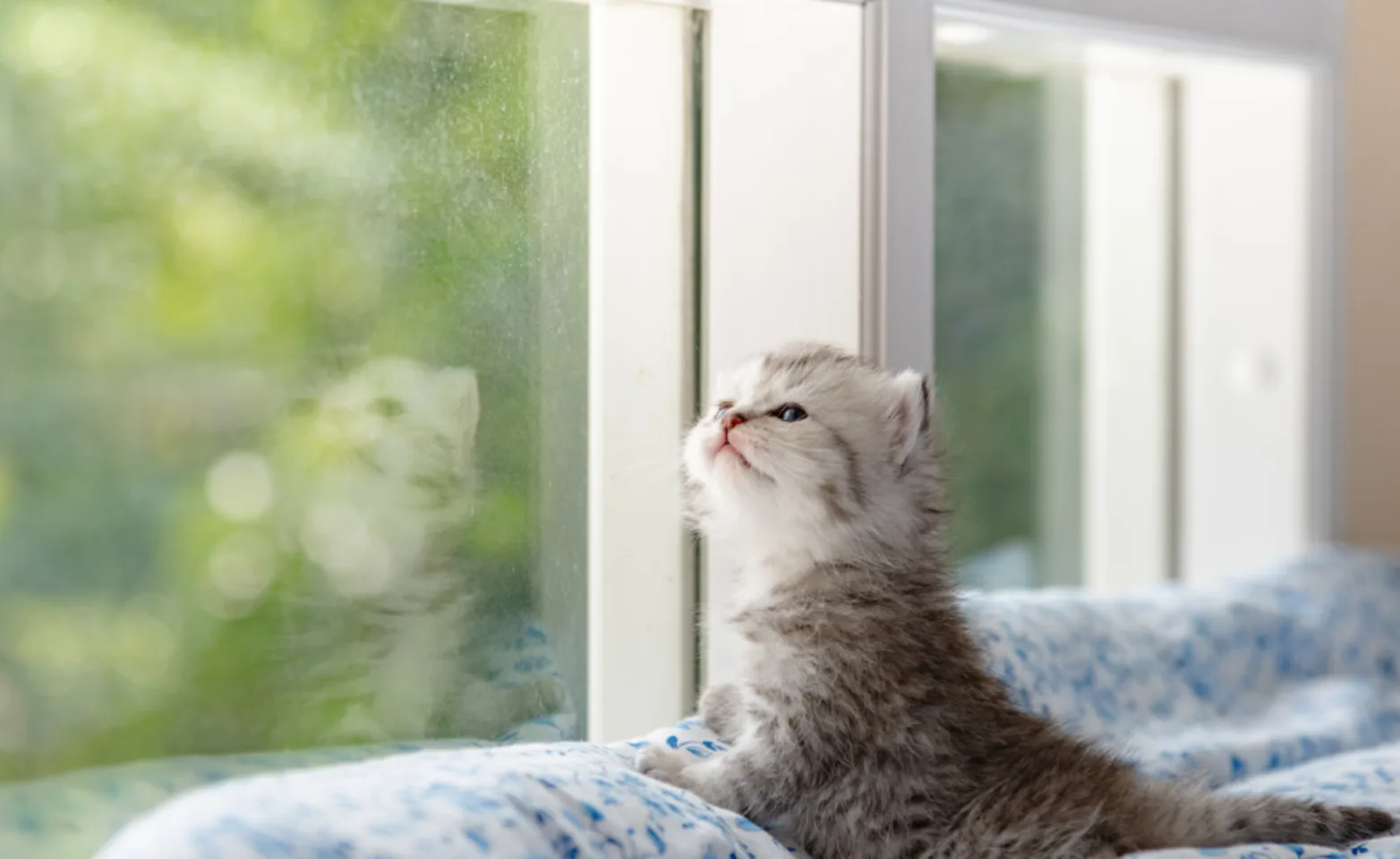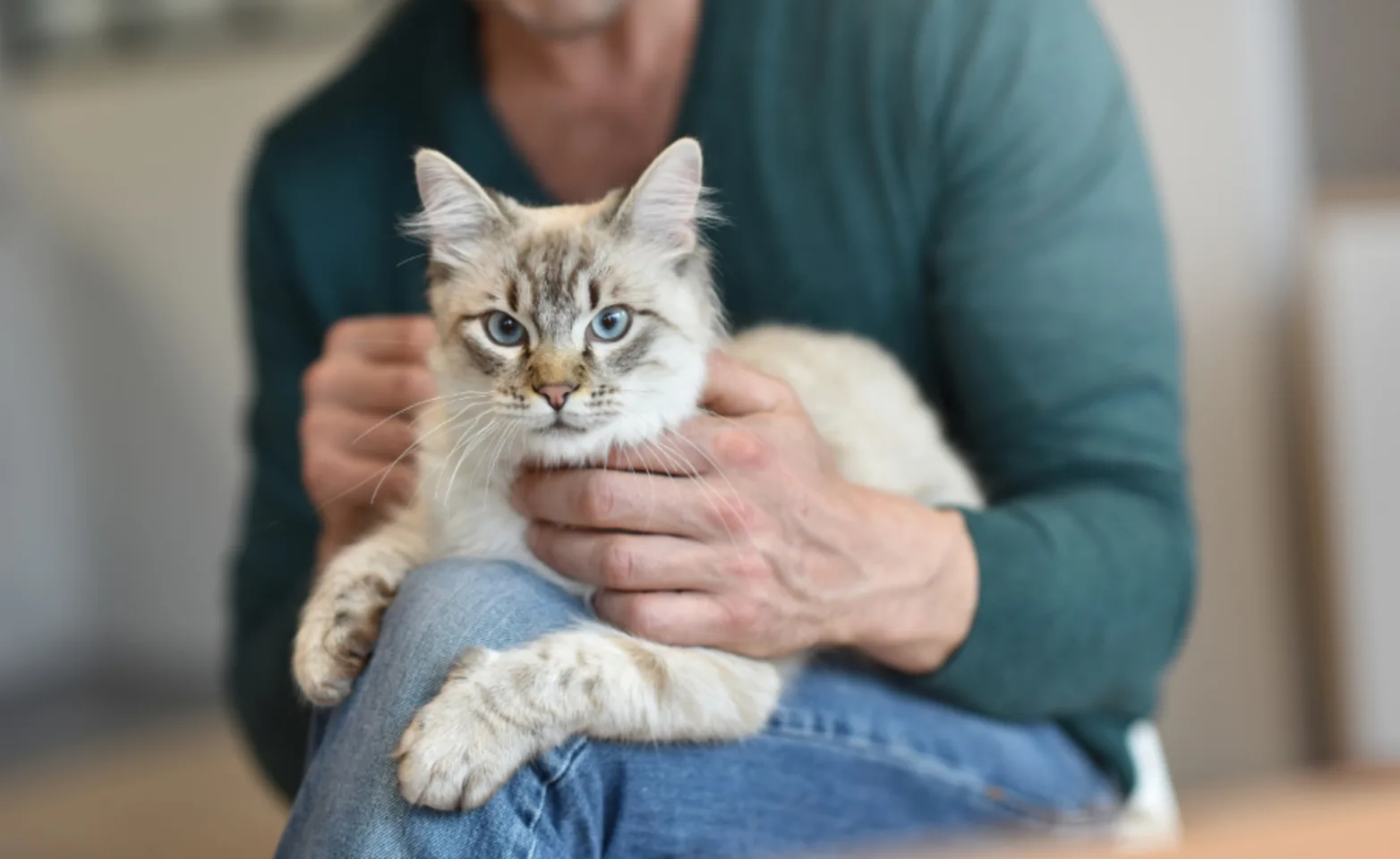Arbor View Veterinary Clinic

Information
Feline Lower Urinary Tract Disease (FLUTD) is a common cause of straining to urinate and blood in the urine of cats. The acronym FUS (Feline Urologic Syndrome) is also used to describe the same condition, however, this is an older term which is considered less descriptive and is now used less frequently.
This disease is caused by inflammation of the lining of the bladder and urethral wall. This inflammation can result in considerable discomfort to the affected cat making the cat feel as if it needs to urinate very frequently. The inflamed bladder wall bleeds easily often resulting in red staining of the urine. Male cats have a urethra that is narrower than females. Cells, crystals, and mucous that accumulate in FLUTD can plug the urethra of males cats making them unable to urinate. This is a life-threatening emergency and a “blocked” cat should be treated as soon as possible.
Cats with FLUTD are a continual source of frustration for both veterinarians and the owners of the affected cats. The clinical signs of FLUTD often seem to wax and wane whether the cat is being treated or not. Despite intense study, no single cause for FLUTD has been discovered. Mineral content of the diet, pH of the urine, viral infections, bacterial infections, obesity, low water consumption and prolonged urine retention have all been implicated as possible contributory factors of this disease.
Cats that frequently void small amounts of urine, lick excessively at their genital region, urinate in unusual locations, have blood in their urine or that strain and seem painful during urination, should be examined. Complete urinary obstruction usually manifests as a cat that has repeated unsuccessful attempts to urinate. This leads to progressive depression, lack of appetite, vomiting and eventual death.
Cats that have symptoms consistent with FLUTD should have a urinalysis performed in order to rule out infection as the source of the problem. We may also recommend radiographs to determine if stones within the urinary bladder cause the pet’s symptoms. If infection and bladder stones are not identified on an otherwise healthy cat, symptomatic and preventative treatment for Feline Lower Urinary Tract Disease is recommended.
Prevention
Get your cat to drink more water
This will promote more dilute urine, which is less likely to contribute to the inflammation of the bladder. Some “tricks” to encourage your cat into drinking more water:
a. Feed all canned food. Canned pet foods generally are 60-70% water.
b. Have multiple water dishes for your cat. Many cats are lazy and often won’t travel all the way downstairs to drink when they are on a comfortable perch in an upstairs window. Having dishes in multiple locations greatly increases the likelihood your cat will drink enough water. Some finicky cats will only drink fresh or bottled water.
c. Salt the food. Adding a pinch of table salt (NaCl) or “LiteSalt” (KCl) can increase your cat’s thirst.
d. Leave a source of running water. Some cats much prefer to drink from a dripping faucet or swirling water in a fish tank (etc., etc.) There are commercial products available in pet product catalogs that serve a similar purpose.
Change your cat’s diet
There are several veterinary prescription diets that are designed to reduce your cat’s chances of having an FLUTD flare-up. These diets are generally designed to produce an acidic urinary pH and have reduced levels of Magnesium and Phosphorus. Several examples are Hill’s Prescription C/D, Purina UR-Formula, and Waltham Feline Control pHormula diets.

Treatment
Several different medications are available that act as muscle relaxants and help alleviate the urethral spasms associated with Feline Lower Urinary Tract Disease. In addition we may recommend an anti-anxiety drug to help alleviate some of the cat’s “stress” associated with this problem.
